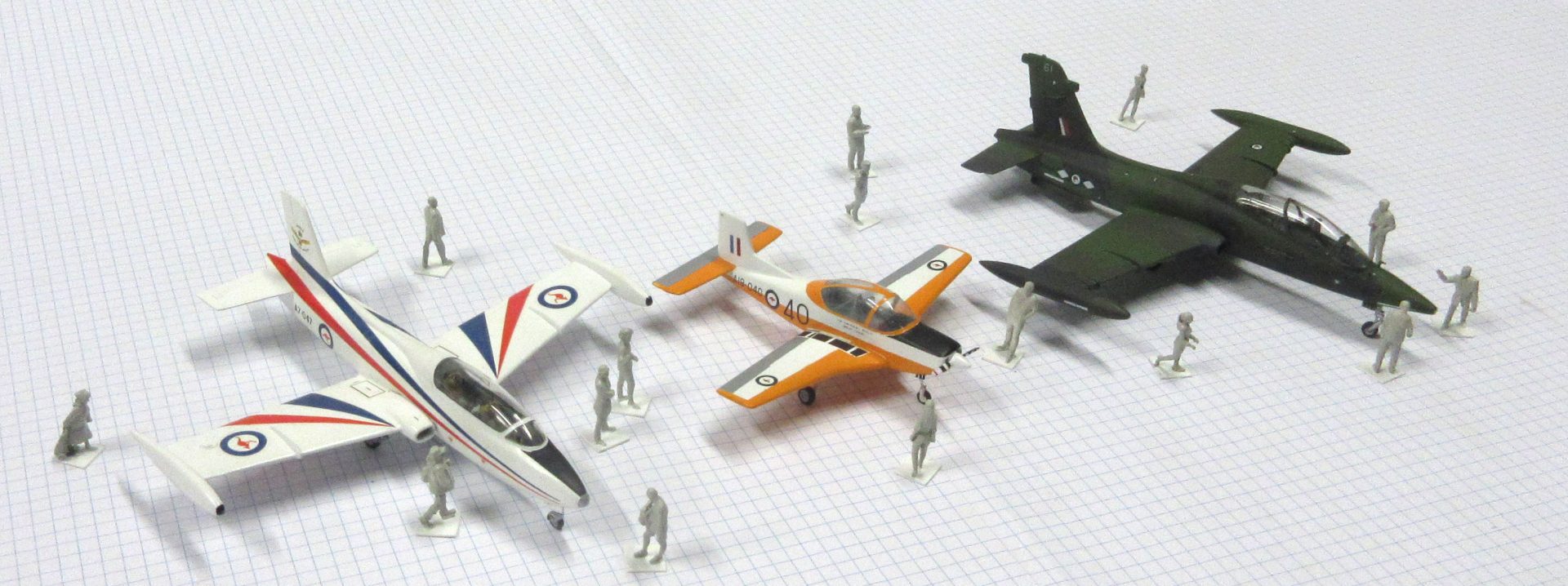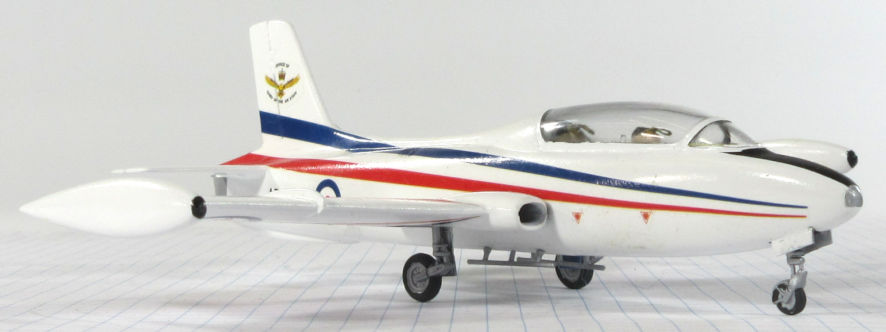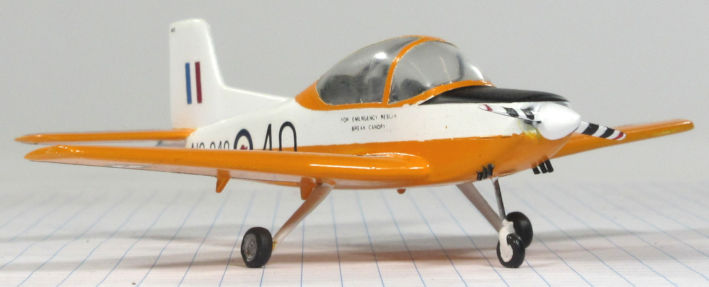The Curator’s Choice 61
Aermacchi MB.326H – Aermacchi MB.339CD – AESL CT/4A
 It is now a little over a century since soldiers of the Australian and New Zealand Army Corps ‘were butchered like lambs at the slaughter’ on the beaches at Gallipoli. Every year since Australians and New Zealanders around the world have gather on 25 April to commemorate the event and say, as always, ‘Lest we forget’. So, as our own little commemoration of ANZAC here are three trainer aircraft that Australia and New Zealand have in common.
It is now a little over a century since soldiers of the Australian and New Zealand Army Corps ‘were butchered like lambs at the slaughter’ on the beaches at Gallipoli. Every year since Australians and New Zealanders around the world have gather on 25 April to commemorate the event and say, as always, ‘Lest we forget’. So, as our own little commemoration of ANZAC here are three trainer aircraft that Australia and New Zealand have in common.
Aermacchi MB.326H in 1/72 by Supermodel
This aircraft was a light military jet trainer designed in Italy. It proved very popular and was bought by more than ten countries and manufactured in four, including Australia. The first one flew in December 1957 and about 800 were manufactured. Australia ordered 97 MB.326Hs, 12 were delivered by Macchi, 18 were assembled from kits and the rest were built in Australia. They were delivered between October 1967 and September 1972. They were widely liked for their excellent handling and were withdrawn from service in the 1990s.
This model was made using the Supermodel kit that was first published in 1996. It has since been republished by Model Alliance and Italeri, apparently with some additional parts. There were also a couple of limited run kits which are now probably only available second-hand on the internet, but I wouldn’t trouble myself with them. This kit is quite good, for the most part. There are build reviews in the Modeling Madness and Fine Scale Modeler websites, the latter concluding that it is an enjoyable build if you look past the minor glitches. The major problem with this kit is the very poor cockpit detail which was overcome with an aftermaket cockpit set. For the Australian version I also needed replacement wing-tip tanks that came from OzModels and Hawkeye decals. One way and another this was a slightly challenging but enjoyable build.
Aermacchi MB.339CD in 1/72 by Supermodel
This aircraft was a military jet trainer and light attack aircraft designed in Italy. It was a development of and replacement for the Aermacchi MB.326. The first one flew in August 1976 and 230 were built. The Royal New Zealand Air Force acquired 18 of these Macchis, beginning in 1991. They provided RNZAF pilots with advanced flying training and had a second-line attack capability when fitted gun pods, bombs and rockets. When the RNZAF’s Combat Force was disbanded in 2001 most were sold and some were allocated to aviation museums around New Zealand.
Like the MB.326, this model was made from the Supermodel kit. It dates from 1997 and has been reboxed by Italeri several times, most recently in 2020. It is a fairly decent kit in the same style as the MB.326 kit so there are no real difficulties in building it. The level of difficulty with this model came in making the New Zealand version which required conversion parts. I used the Kiwi Models set which might now be difficult to obtain since I had difficulties finding it when I made this model. As with the MB.326, building this model was a not to challenging challenge. I wrote a short Workbench Note which you can read if you want to know a little bit more.
AESL CT/4A in 1/72 by Tasman Models
This aircraft was developed from the earlier Victa Airtourer two seat light aircraft, that was made in Australia between 1961 and 1966. After production ceased the New Zealand company, Aero Engine Services Limited (AESL), bought the rights to them and made more Airtourers in New Zealand. The CT/4 was a new version of the Airtourer with a more powerful engine and other modification designed to meet a RAAF requirement for a new basic training aircraft. The prototype made its first flight in February 1972 and eventually 155 were made. They were used as basic trainers for several air forces including the RAAF and the RNZAF, after which trainee pilots progressed to the Macchi trainers in service with those two air forces.
If you don’t buy a kit of the model you think you might want to build in the future you run the risk of never seeing it again. Which is why I bought this kit many years ago. Tasman Models have republished it a few times since so it might still be available, but only because some other modeler bought it but lacked the intestinal fortitude to actually try making it. There is an in-box review on the Hangar 47 website which concludes, ‘crude but interesting’, which puts a positive spin in things. The only reason I finished making this model is because I really wanted to have it in my collection, and also a kind of dogged determination to get it built no matter how annoying it was. Looking at the model now a few years later, with most of the aggravation involved in making this model forgotten, it looks very pretty, doesn’t it?



